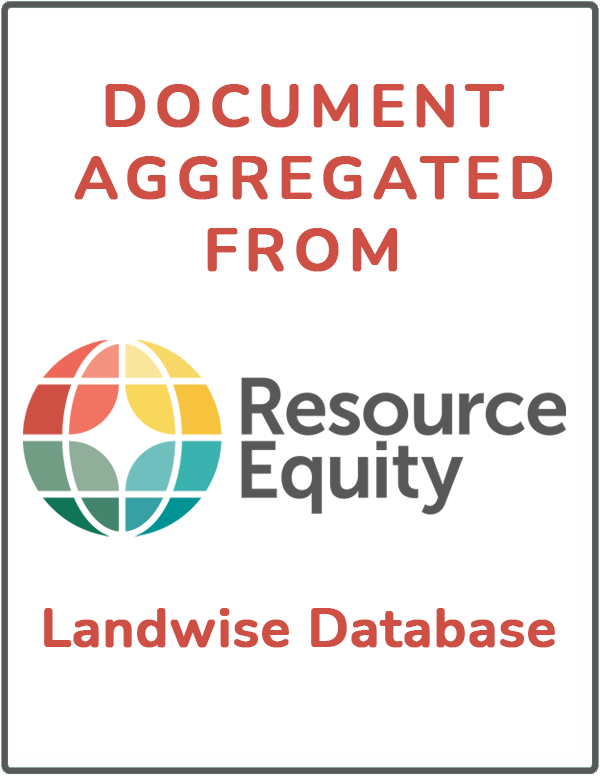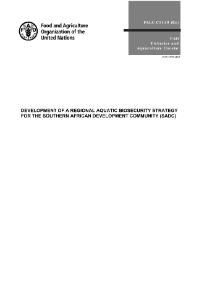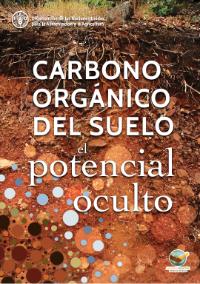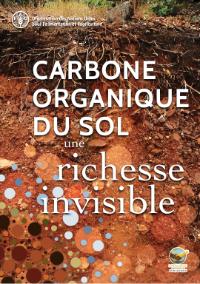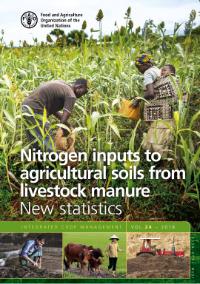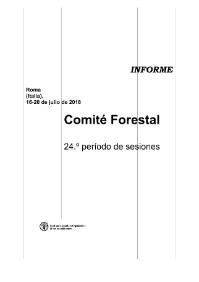Geospatial datasets and analysis techniques based on geographic information systems (GIS) have become indispensable tools in the planning, implementation and evaluation of a wide range of development programmes, including actions addressing sustainable agriculture and rural development. The…
The present study, by the Chief of the Agrarian and Water Law Section of the FAO Legislation Branch, is intended to explore in greater depth the value of legislation to the land use planning process. It is, on the one hand, an exploration of the ways in which legislation serves to provide the…
Este estudio es una contribución más en la tarea de realizar un inventario mundial de experiencias nacionales en el campo de la legislación y administración de aguas. Dado su interés en fomentar la producción agrícola, que requiere un mayor uso consultivo del recurso agua, la FAO se ha ocupado…
This document details the activities that were undertaken by the Food and Agriculture Organization of the United Nations (FAO) and cooperating agencies (the Department of Agriculture, Forestry and Fisheries of South Africa (DAFF), the Africa Union Inter-African Bureau for Animal Resources (AU-…
The Guide promotes adapting a convergent and people-centred gender approach towards increasing and improving the provision of goods and services from agriculture, forestry and fisheries in a sustainable manner while reducing rural poverty in different priority areas of FAO’s work. This includes…
La publicación fue lanzada durenate el Simposio Internacional de Carbono Orgánico del Suelo (GSOC) que se llevó a cabo en la sede de la FAO (Roma, 21 a 23 de marzo de 2017). La publicación provee una revisión sobre los principales datos y hechos científicos sobre el estado actual del…
Cette publication a été lancée lors du colloque international sur le carbone organique du sol (GSOC) qui s’est tenu au siège de la FAO (Rome, 21-23 mars 2017). Pour les preneurs de décisions et les praticiens, il offre une vue d’ensemble sur les principaux faits et informations scientifiques…
The global agricultural sector today faces the double challenge of feeding a growing population while preserving the underlying natural resources of land, water and air. In the meantime, already a third of the world’s soils are degraded. Soil and nutrient management techniques aimed at restoring…
Report of the 24th Session of the Committee on Forestry
La gestión sostenible de la vida silvestre es objeto de considerable atención en el debate internacional debido a su importancia para la conservación de la biodiversidad, la seguridad humana, los medios de subsistencia y la seguridad alimentaria. Las poblaciones locales han gestionado las…
Wildlife management is the focus of considerable international debate because of its importance for biodiversity conservation, human safety, livelihoods and food security. Local people have been managing wildlife for millennia, including through hunting. Sufficient examples are presented in this…





